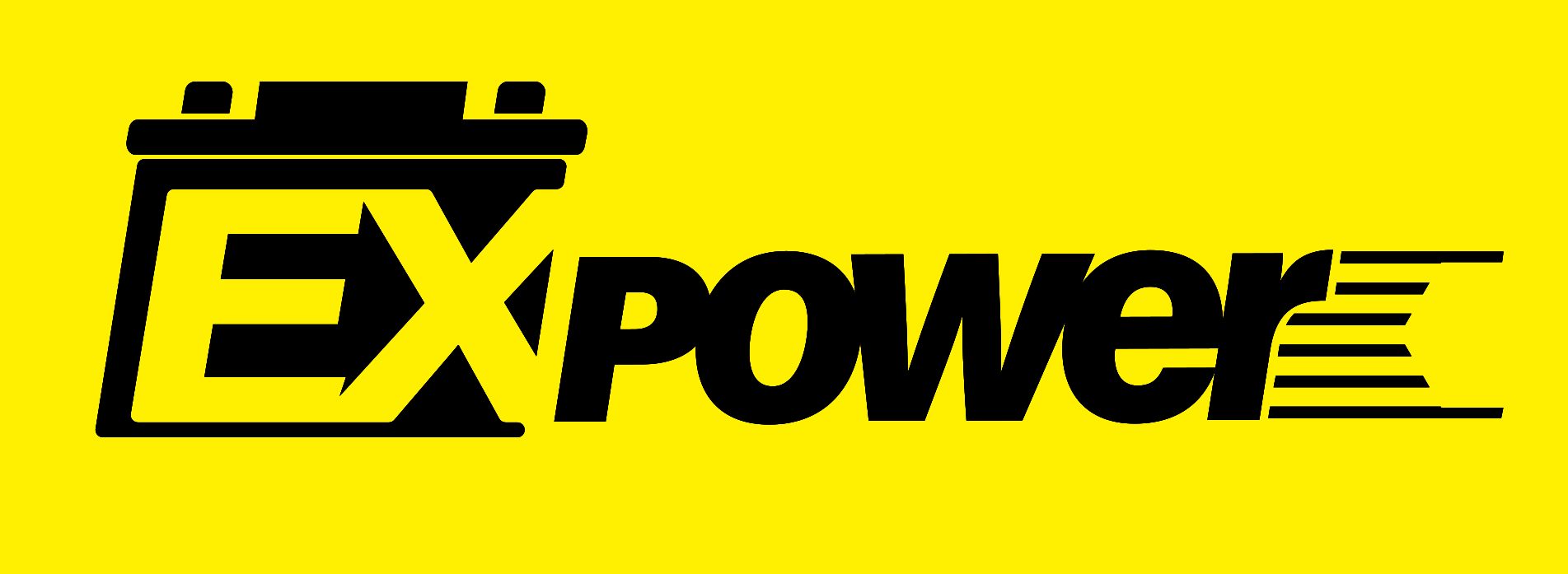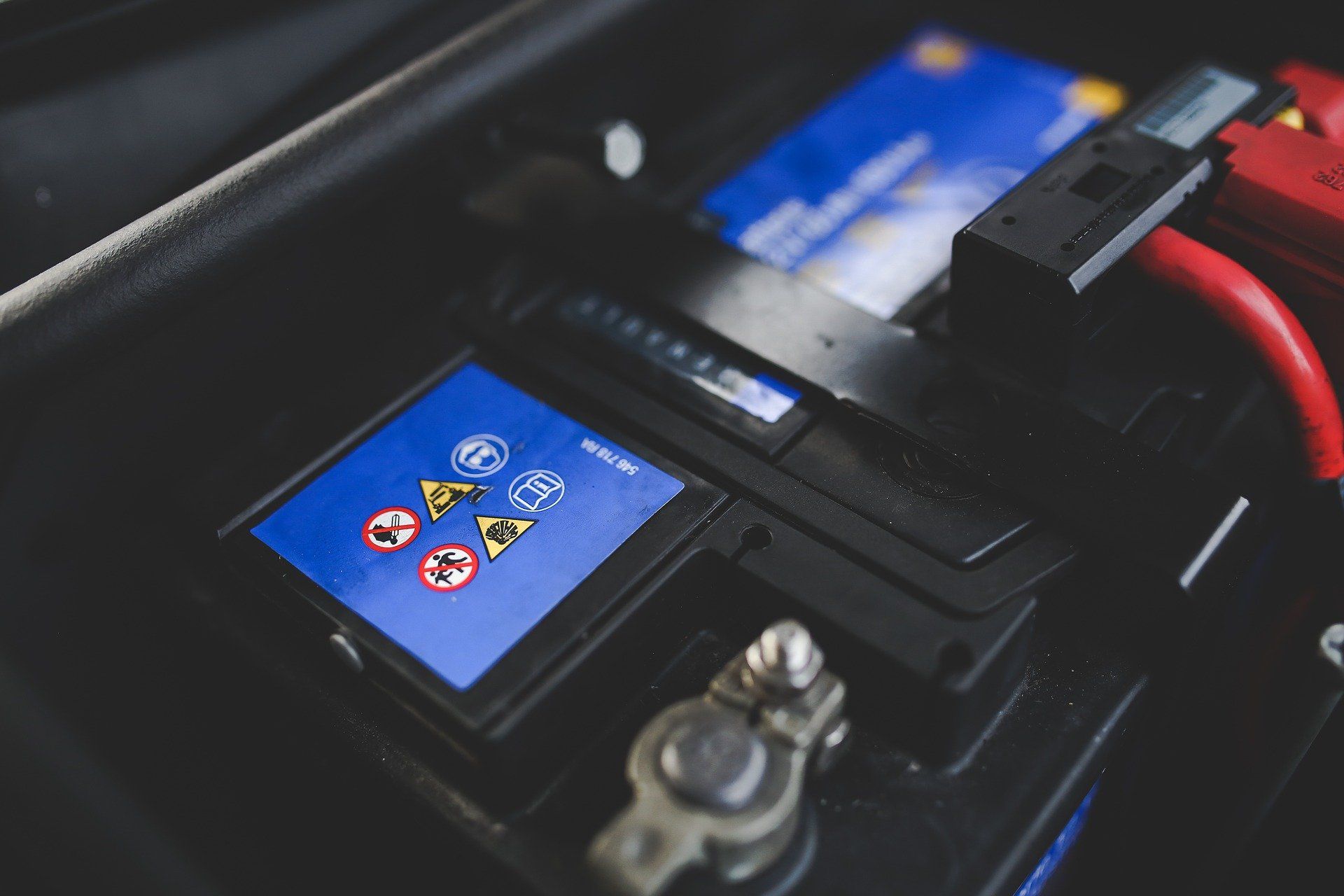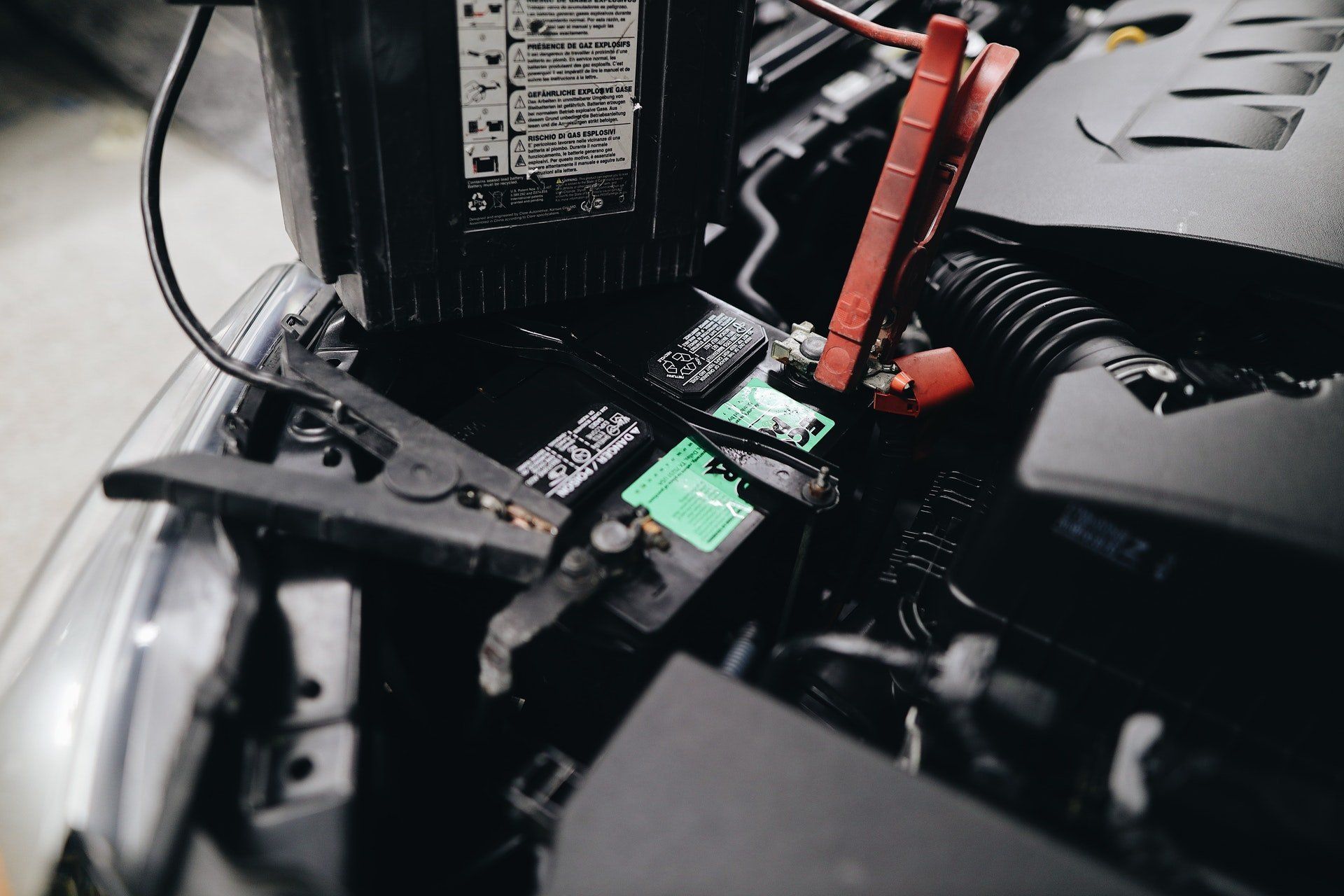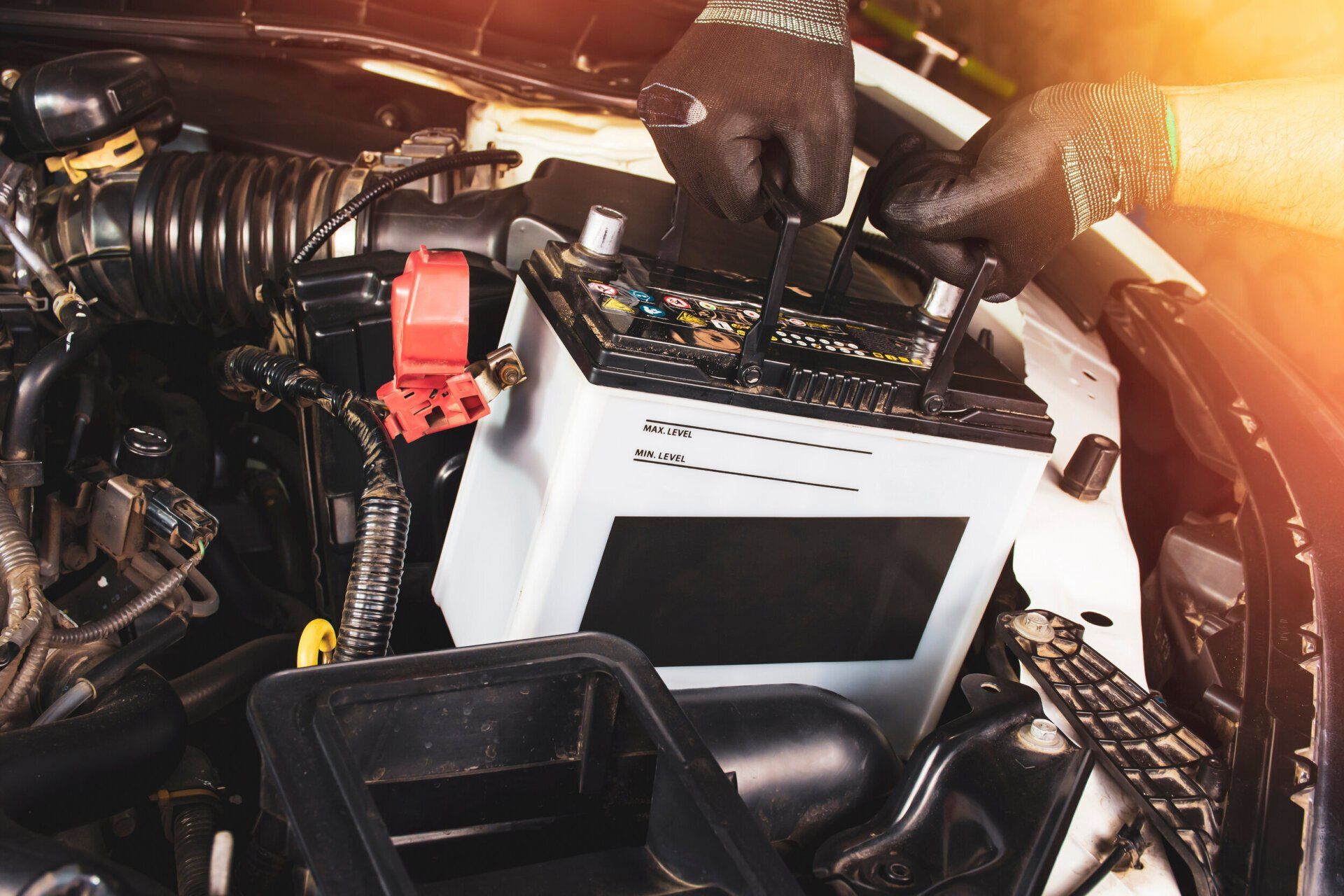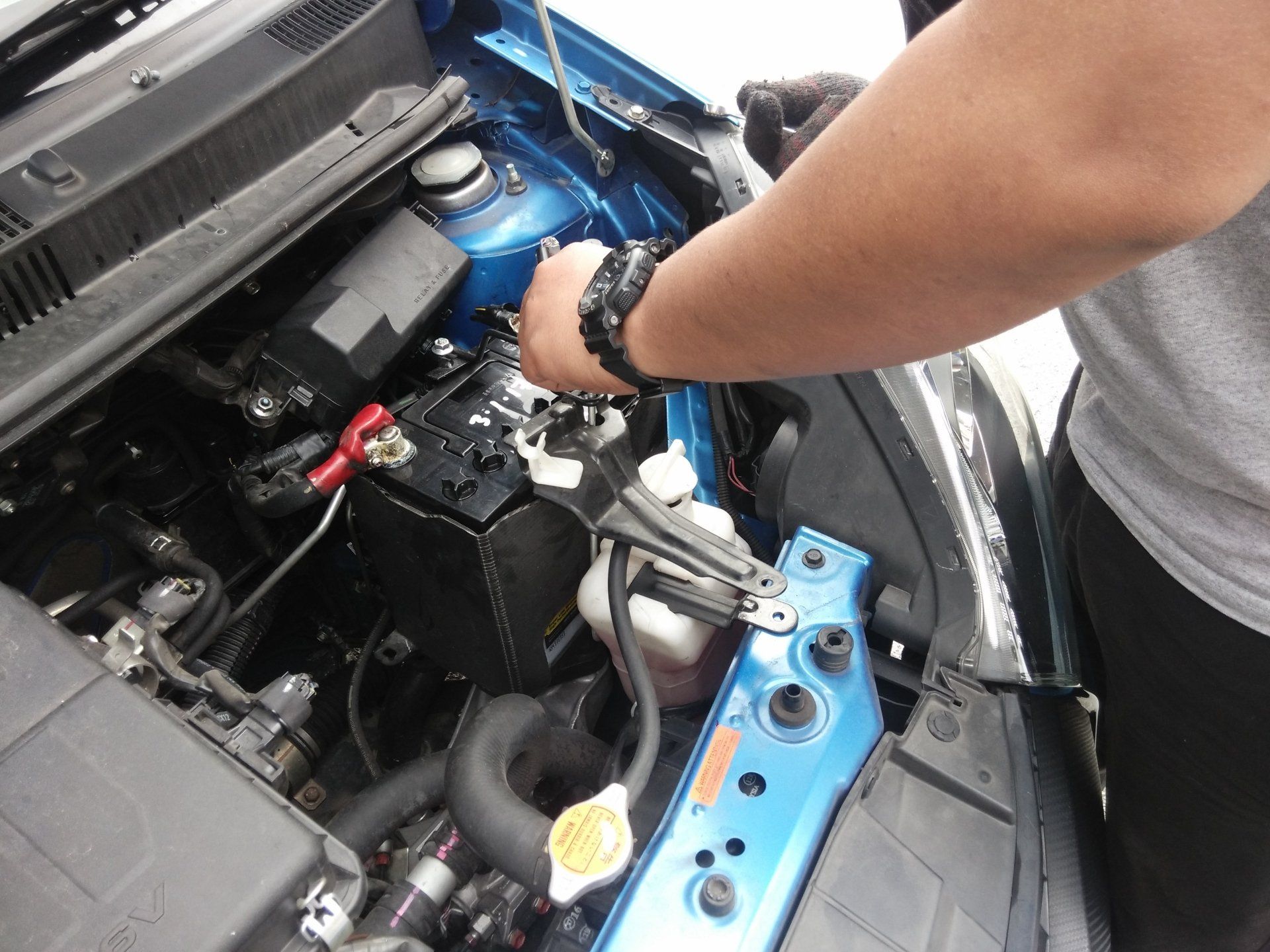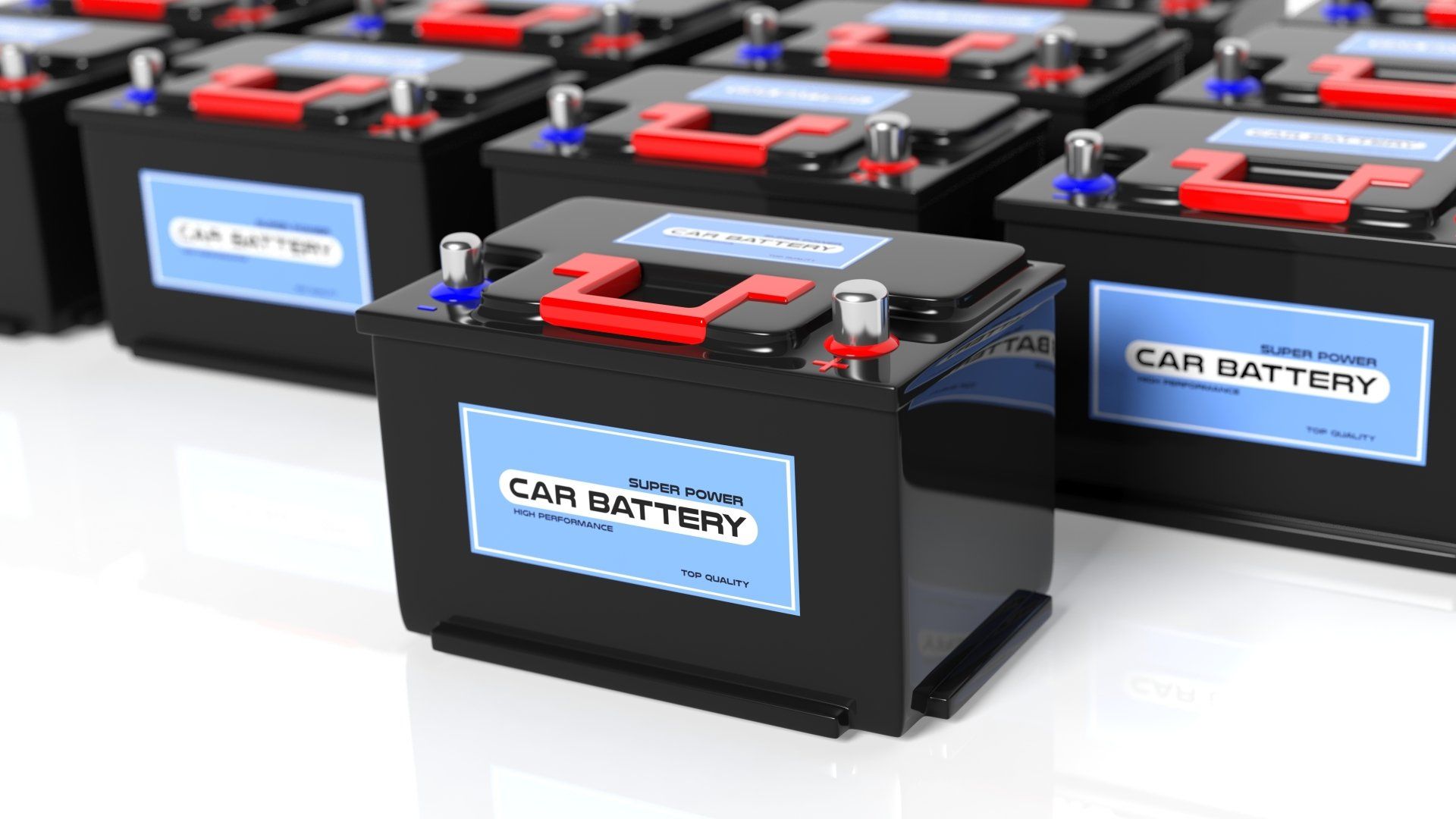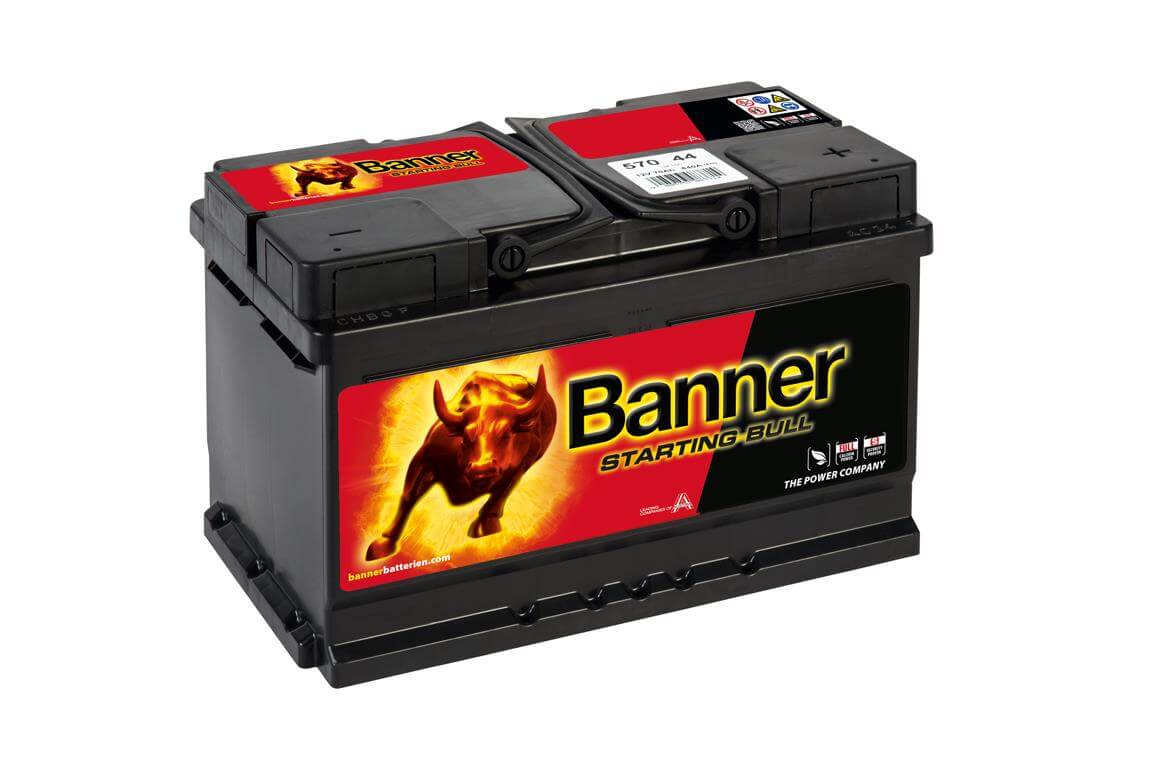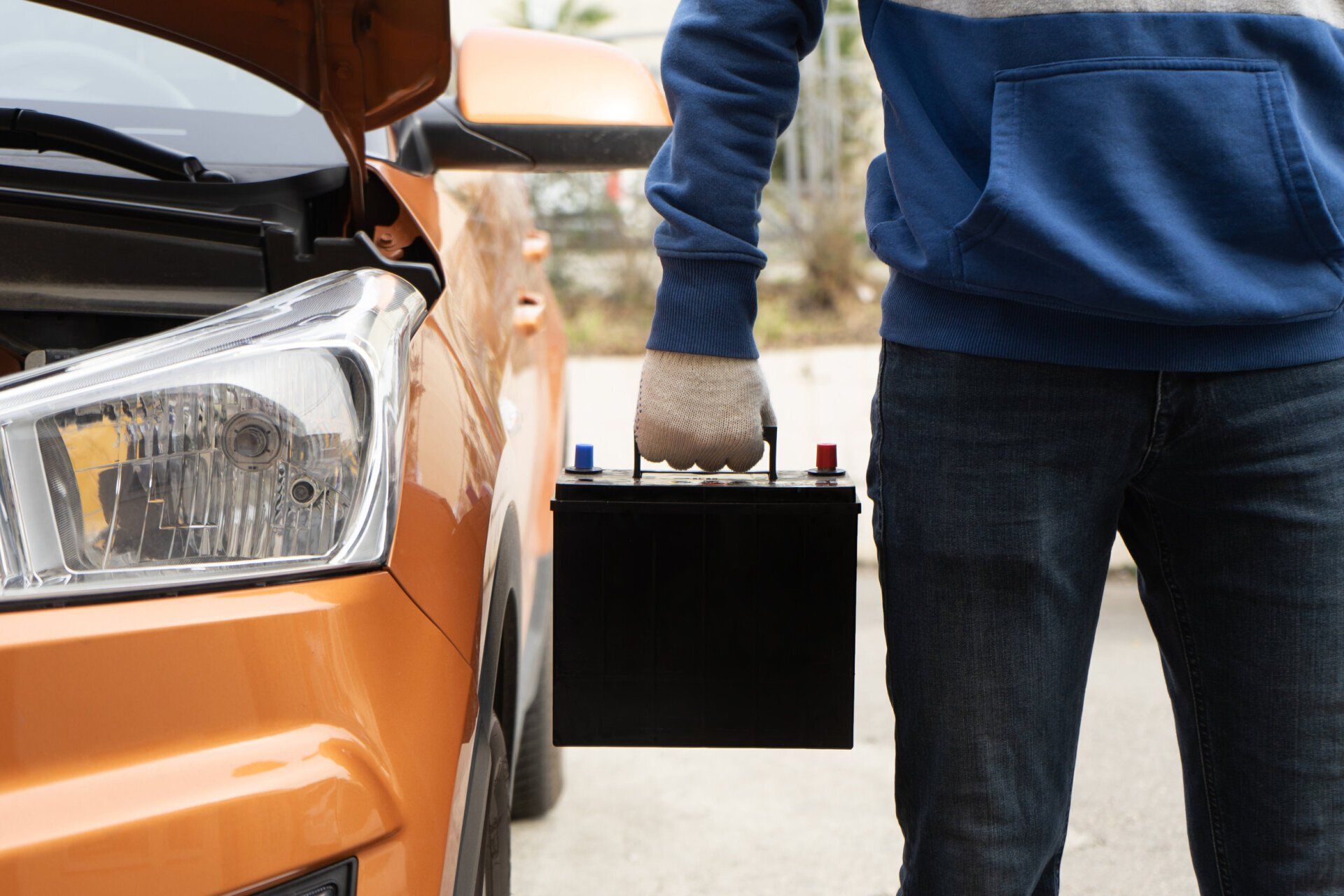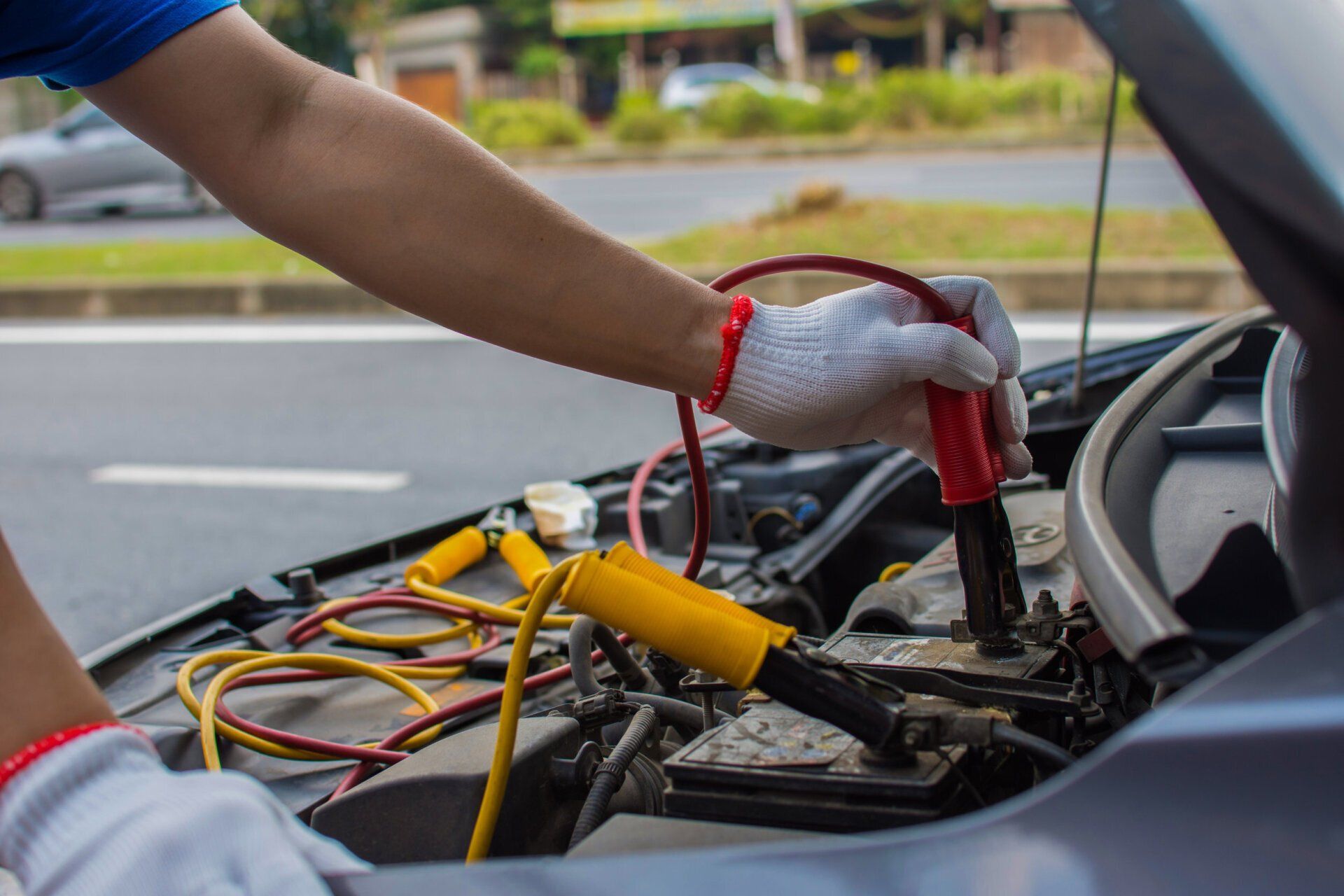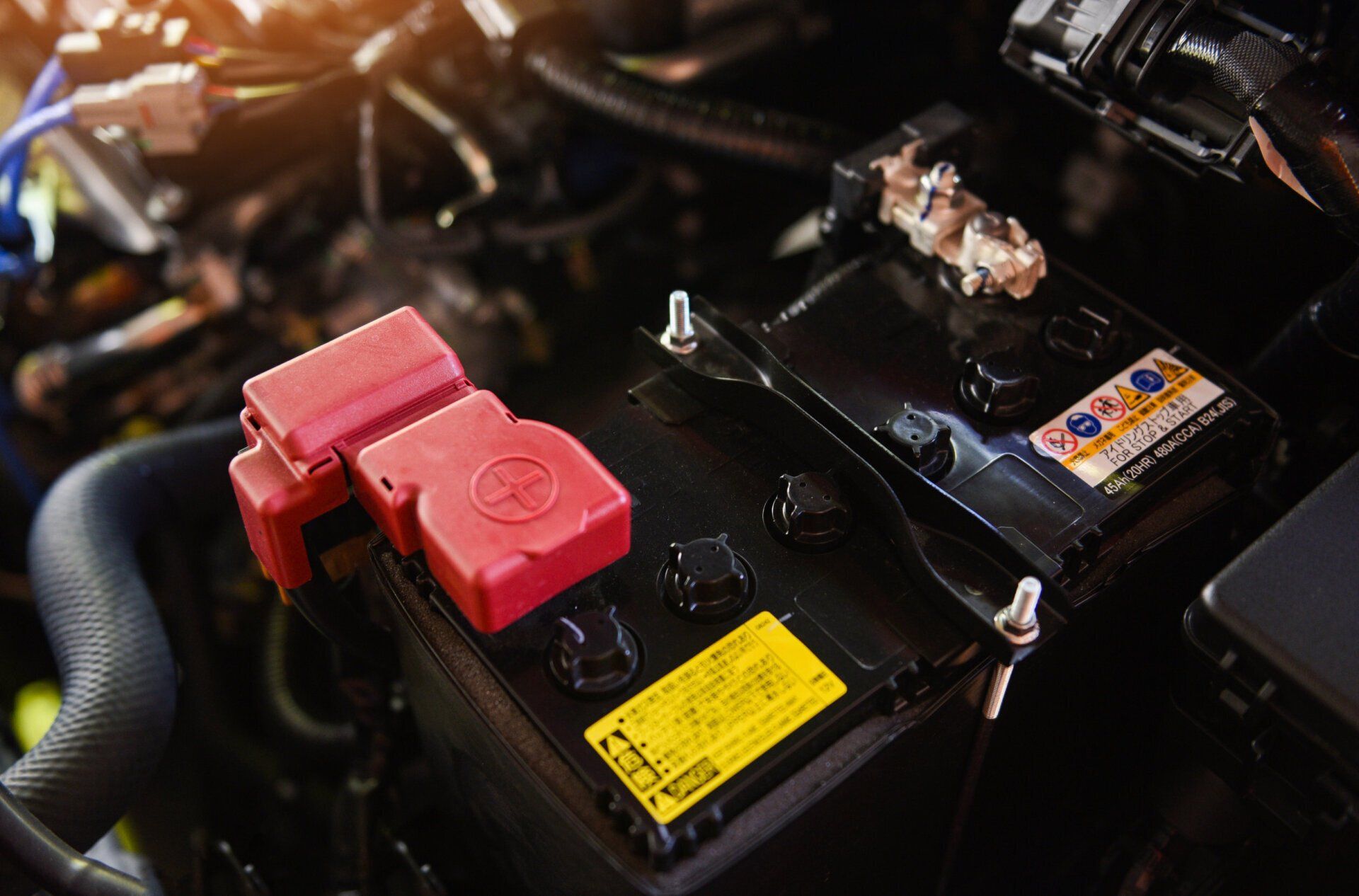Car Battery Light Blinking? Here's All You Need To Know
Have you wondered ln why your car battery blinking that need you to find the nearest workshops for free checking car battery service? If you take a look at your dashboard when you turn the ignition key before you actually start the car, you'll likely see that one of the lights looks like a little battery with a "+" and "-" sign on it.
This is your battery or charging light. Once you start the car, all your dash lights should go off. But what should you do if the battery light starts flashing while you're driving?
Don't worry - in this article, we'll discuss more about the reasons of your car battery light blinking, how long it takes to charge your car battery and where to find free checking car battery service in the Klang Valley.
Why Is Your Car Battery Light Blinking?
Here are a few common reasons why your car battery light is blinking:
i) Bad Battery
Normal 12 volt batteries have a 3 to 5 year lifespan. Some manufacturers tout a longer lifespan. With age, the cells or plates of the battery can break and the electrolyte solution can leak. If this happens then the battery needs to be replaced. Bad wiring or bad grounds can also cause the battery to not take or hold a charge.
ii) Bad Alternator
It’s relatively easy to check the function of the alternator at any car battery service provider. The voltage should be between 13.6 volts and 14.6 volts. If the voltage is less than 12 volts, the battery light is triggered and you’ll likely need to replace the alternator.
iii) Bad Alternator Belt
An alternator belt is crucial since it connects the alternator, engine, and accessories together. Belts can crack with age or even completely break. They can also be misaligned, too tight, or too loose.
If a bad alternator belt is the cause of the battery warning light, it may also cause squealing from the hood when the vehicle is running.
iv) Corroded Battery Terminals
The positive and negative battery terminals are channels for the electricity, so it’s important not to increase the resistance by covering them with other substances that are poor conductors.
Corroded electrical components are poor conductors. Corrosion is the white, blue, or green product of a reaction that happens with normal use and is accelerated by persistent heat, so hot climates are associated with more corrosion. If you notice corrosion on your battery terminals, it’s time to have it cleaned or replaced.
v) Loose Battery Cable
The battery cables should fit snugly around the battery terminals to provide a good connection. You should not be able to rotate the cable end by hand around the battery post. If there doesn’t seem to be a good connection, tighten it with a wrench or pliers so that it fits snugly. Some battery bolts can strip out if over tightened, so be sure not to overdo it.
Need To Recharge Your Car Battery? Read This First
1. Clean the Battery Terminals
Check the terminals of the battery and clean them. Remember that you should not touch the terminals if they are covered with a whitish powder. This is dried sulfuric acid and it can burn your skin. Use a manual sandpaper pad to wipe around the terminals, or get a wet cloth and apply a layer of baking soda (sodium bicarbonate) to the cloth. Take care not to allow the solution to make contact with skin and clothing. Rub the terminals down and ensure that they are ready to receive the wires.
2. Remove the Cell Caps
On many batteries, you will see a series of small caps. These are known as cell caps, and they have to be removed before you can use a battery charger. These caps are either on the very top of the battery, or under a yellow strip which can be peeled on and off, some may have no caps at all. If your battery does have cell caps, they must be removed before you begin charging, otherwise gases created by charging will not be able to escape into the atmosphere.
3. Attach the Charger Cables
Make sure that the car is turned off and then attach the cables or the wires to the battery terminals. The charger will have two wires. The red wire has to be connected to the red or positive terminal (it might be labeled the POS terminal on the battery). The other is connected to the negative terminal or the terminal marked as NEG. Make sure that the two wires don't touch each other. This is because the wires will spark when they touch, causing ignition of the hydrogen gas that surrounds the battery. You could suffer nasty burns or even cause an explosion.
4. Turn On The Charger
Once both the terminals are connected, connect the charger to the electric outlet. Turn on the current and the battery will charge itself. Once the reading is less than an Ampere, you can unplug the charger.
How Long Does It Take To Charge Your Car Battery?
Ever thought about exactly how long to charge car battery for your car? Charging a dead car battery takes 4 to 24 hours for a full charge, depending on how many Amperes your car battery charger is charging with and your car battery’s size.
The most common rate for car battery chargers is around 4 amps. To fully charge a battery of the size 52Ah would take about 10 hours from dead to fully loaded, but you could probably start your car within 1 hour.
First, you have to look at your car battery charger to find out how much ampere it’s giving out. High amperes charge your car battery faster. Low ampere is better for maintenance charging of your battery over long periods.
You also have to look at the size of your car battery and the battery type. Usually, a mid-sized car uses a battery of the size 40-80Ah. You also have to take in mind the kind of car battery you car uses - some can charge up a bit faster than others. Speak to your car battery service provider for more info!
Rain or shine, day or night, Ex Power delivers car batteries or repair services to your doorstep
Is car battery light blinking? With Ex Power's all-day roadside assistance, we provide free checking car battery service to certain locations. You'll not have to worry about how long to charge car battery with our service!
You'll also enjoy immediate car battery repair and replacement services exactly when and where you need them! Our services come with:
✓ Free installation
✓ Free checking
✓ Free delivery
Check us out at
https://www.expower.com.my/ or call us now at +6010 888 9166
